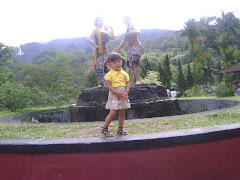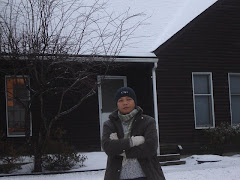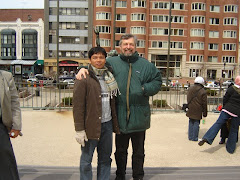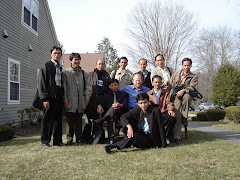When will you see ne (ね)? At the end of a sentence. Take a look at this sentence for an example, “いい てんきですね” (ii tenki desne). This sentence means, ‘the weather is nice, isn’t it?’ Ii (いい) means ‘good/nice’ and tenki (てんき) means ‘weather’ and in this case des (です) means ‘is.’ The ne (ね) at the end of the sentence can be translated as, ‘right?’ or ‘isn’t it?’ Ne (ね) is a particle used to ask for a listener’s confirmation. When someone sticks a ne (ね) at the end of the sentence, that person wants to hear your opinion. One other thing is that you don’t need the ka (か) particle to indicate that you’re asking a question. The ne (ね) just by itself already implies that you’re asking a question that needs confirmation.
Ne (ね) is also a type of softener used when you want to reject someone’s proposal. For example, if someone asks you ‘じかんが ありますか‘ or jikanga arimaska, which literally means, ‘Do you have some time’ but in context can mean ‘Are you free to spend some time with me’. You want to reject the person, but do it in a way that’s not mean so you could say, ‘ちょっとね…’ (chotto). Chotto (ちょっと) can be translated as ‘ummm…’ but it literally means ‘a little’. In this case, ne (ね) can have the meaning ‘well…’ or ‘you know…’ Unlike the example in the paragraph above, ne (ね) is not use to gain confirmation. It’s kind of used to say, ‘Well…it’s a bit inconvenient for me…you know?’
Ne (ね) can also be used to say a command in an indirect manner. For example, let’s say someone is waiting in line and says, ‘じかんが ありませんね‘ (jikanga arimasen ne). This literally means, ‘there’s no time’ but in the context of the situation, it could mean, ‘Please hurry up. There’s no time, you know’.
The difficult thing about the Japanese language is that there may be certain undertones or implications within a sentence that depend upon the context of a situation. The use of the ne (ね) particle is where it becomes useful to be socially aware of the implications involved in the meaning of every sentence.
Tuesday, August 11, 2009
Subscribe to:
Post Comments (Atom)














7 comments:
31:A
32:D
33:D
34:B
35"A
36:D
37:C
38:A
39:D
40:B
1:a
2:d
3:d
4:b
5:a
6:d
7:c
8:a
9:d
10:b
31;A
32;D
33;D
34;B
35;A
36;D
37;C
38;A
39;D
40;B
31.a
32.d
33.a
34.b
35.c
36.d
37.c
38.a
39.d
40.b
1:a
2:d
3:d
4:b
5:a
6:d
7:c
8:a
9:d
10:a
1:a
2:d
3:d
4:b
5:a
6:d
7:c
8:a
9:d
10:b
1:a
2:d
3:d
4:b
5:a
6:d
7:c
8:a
9:d
10:b
Post a Comment